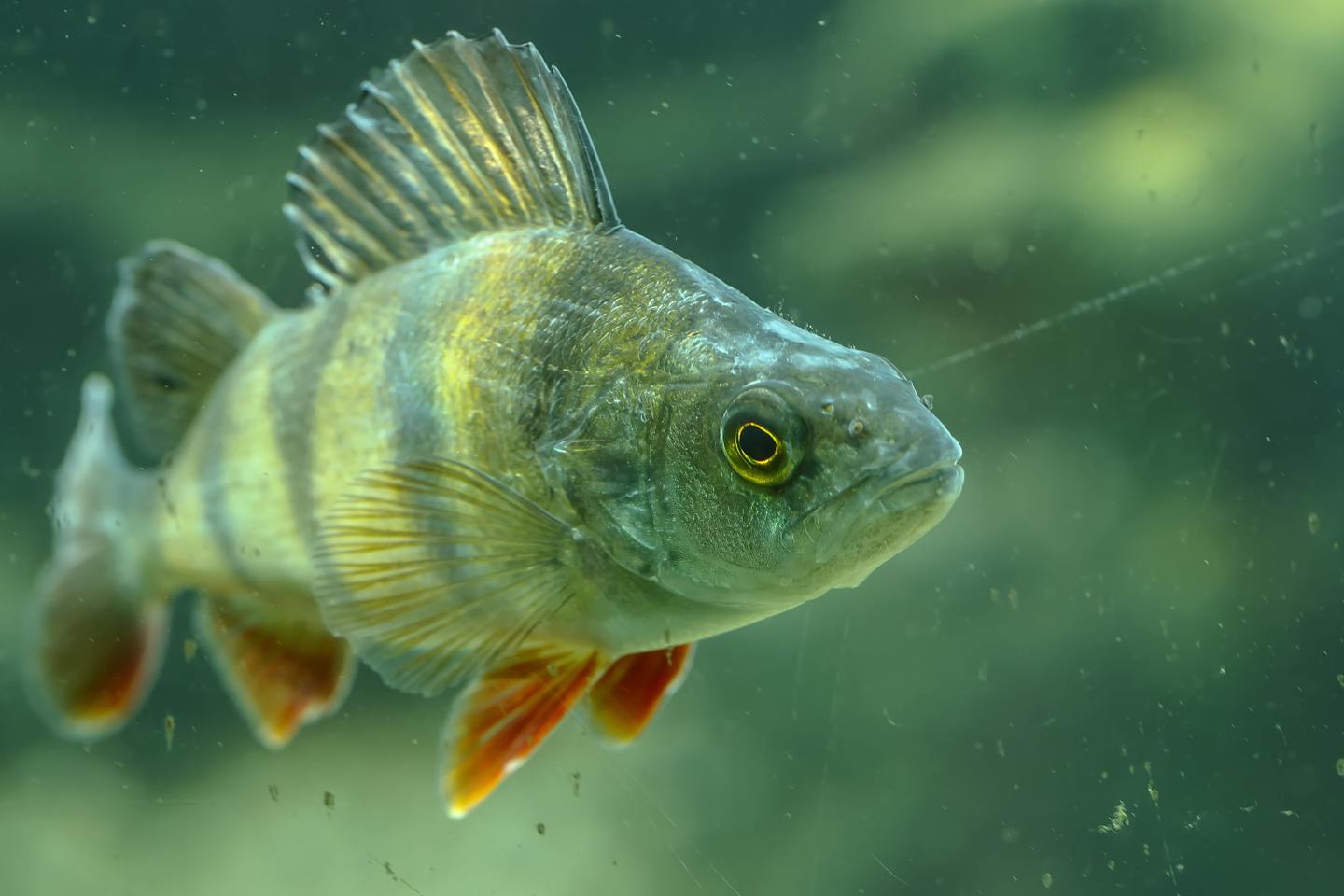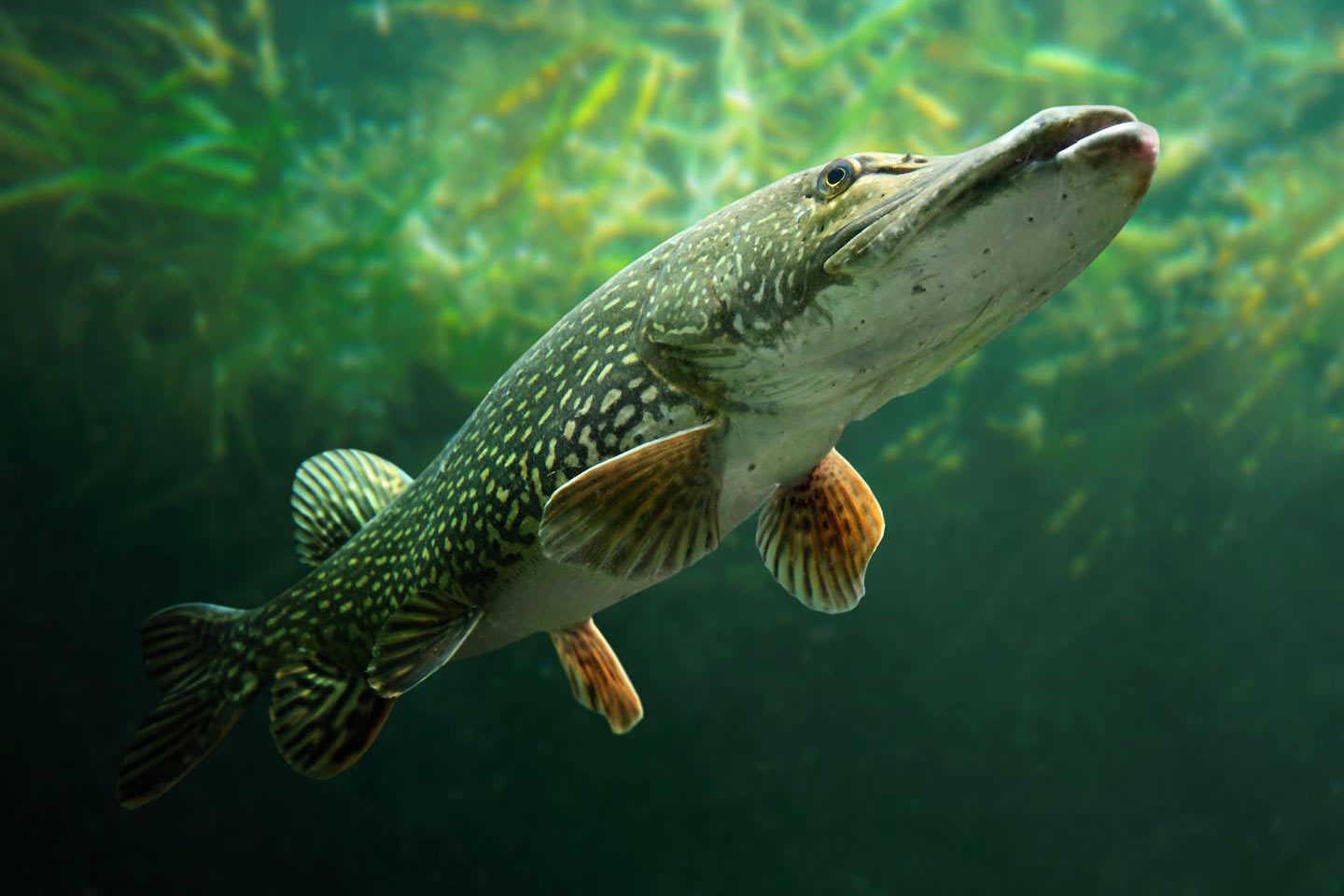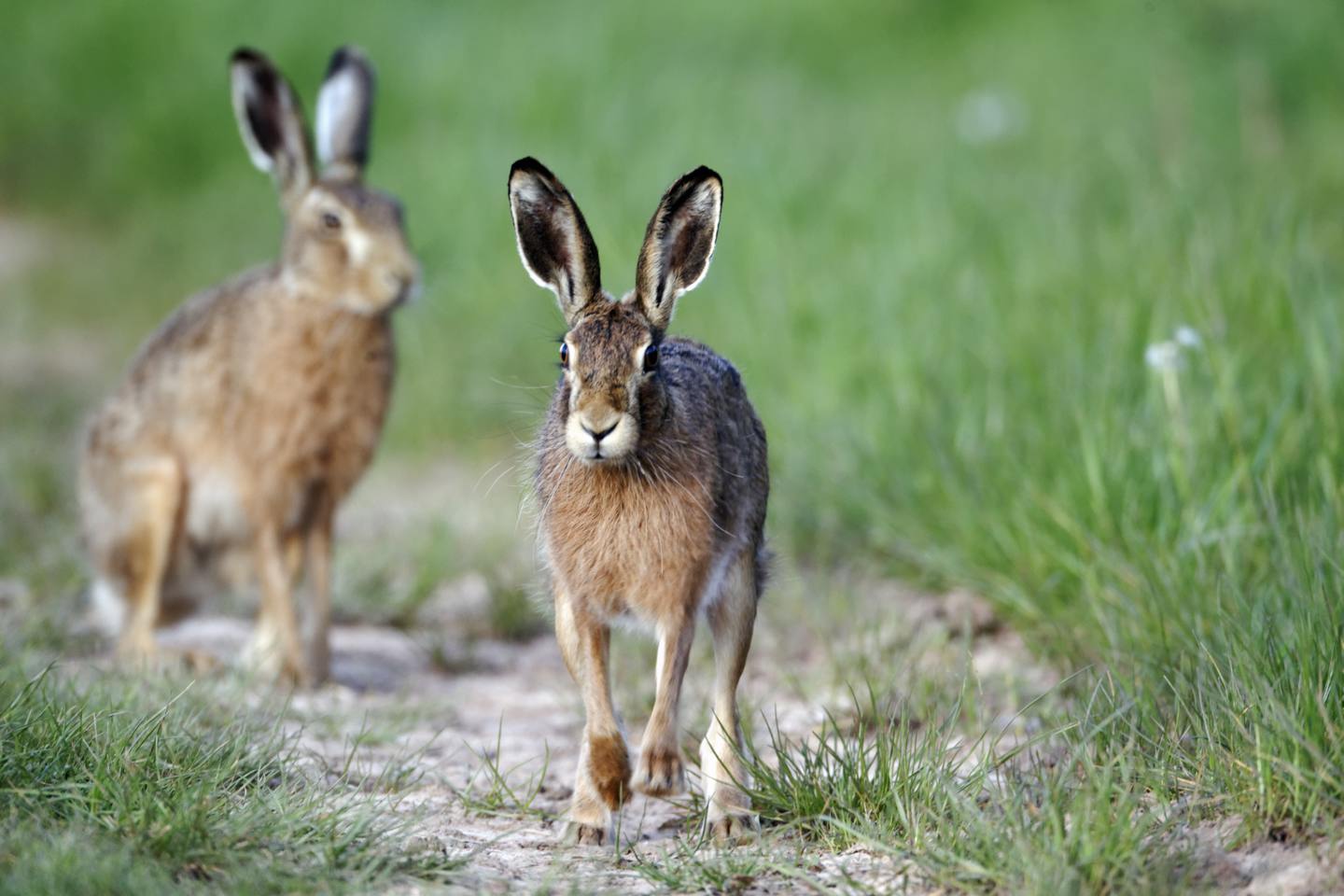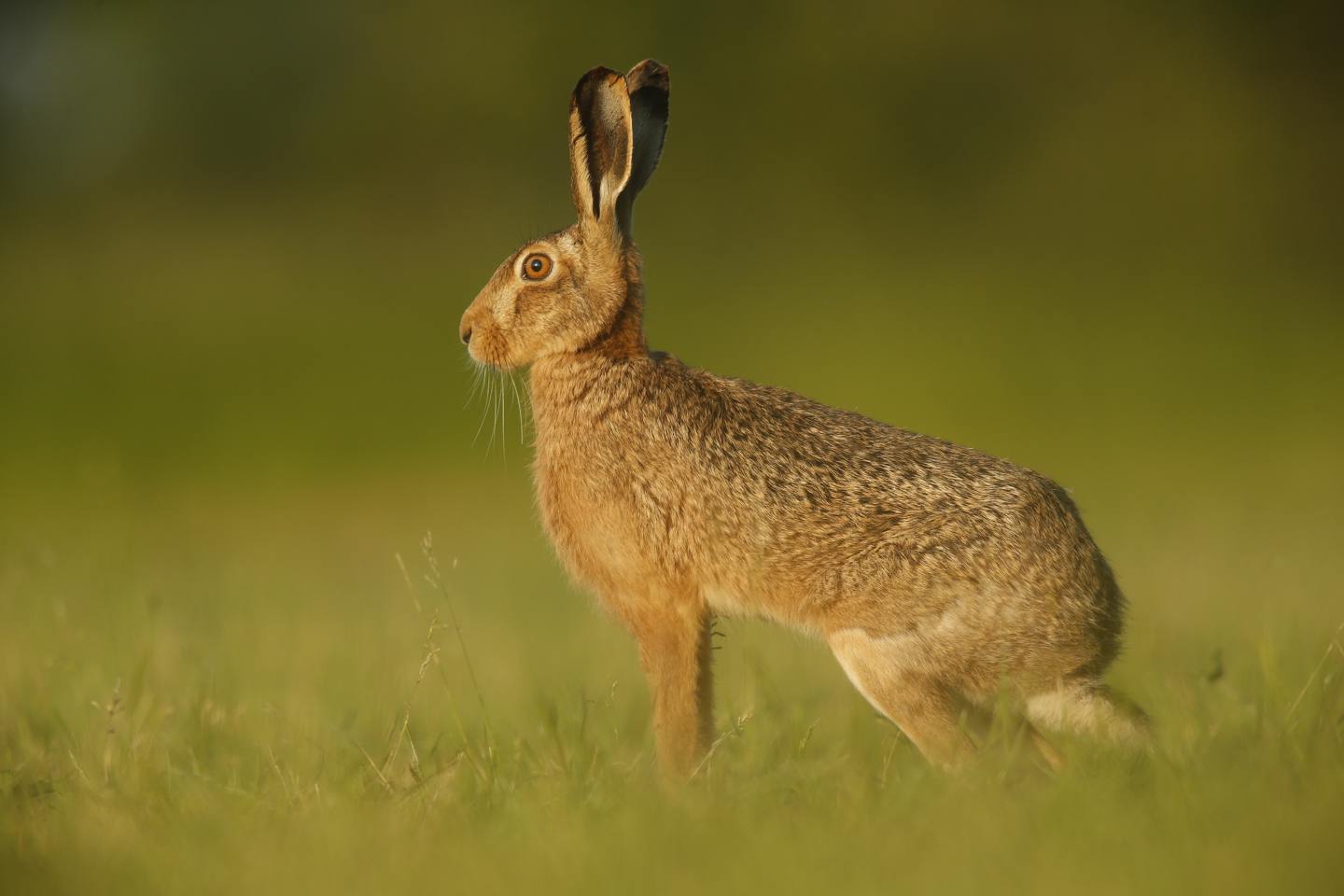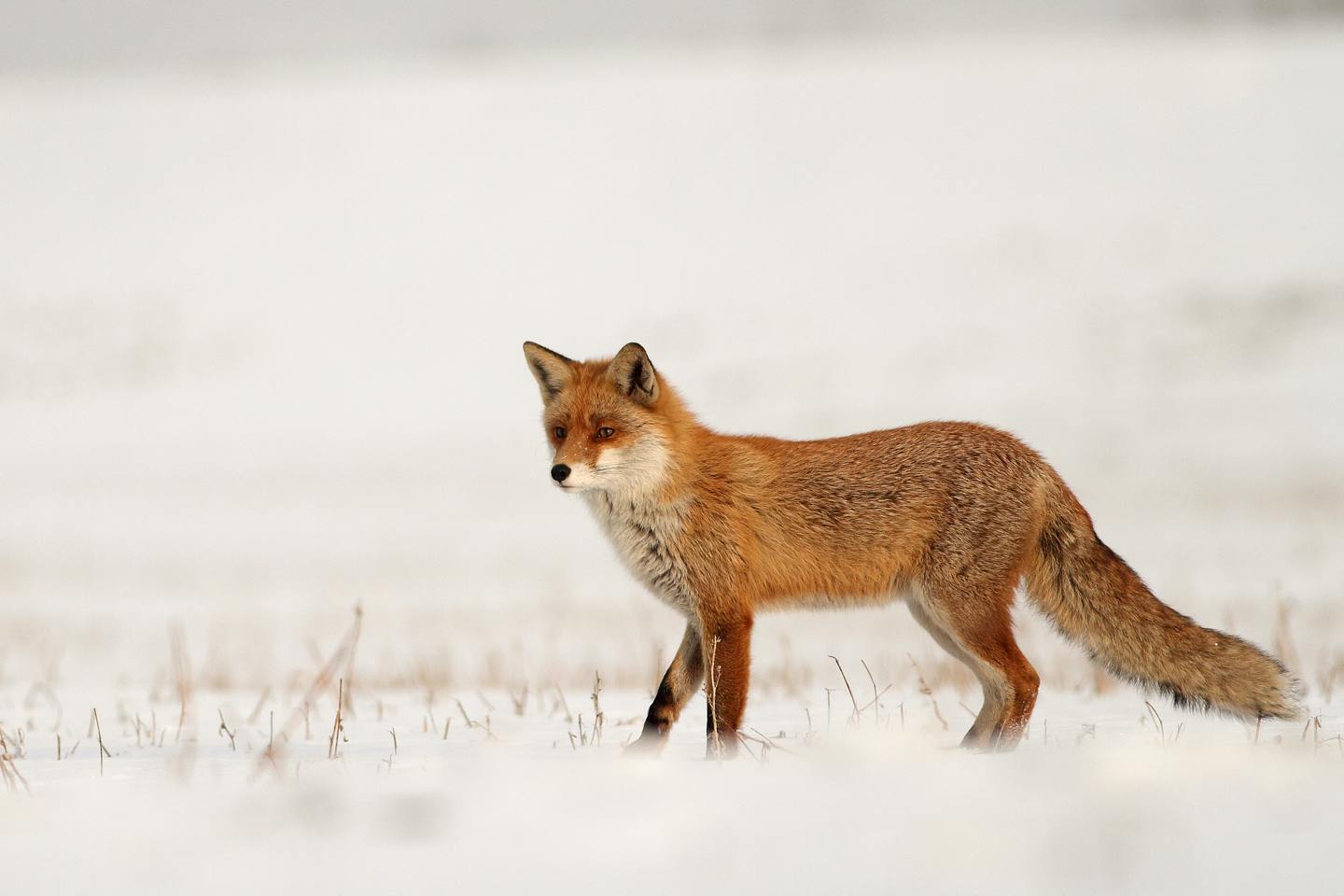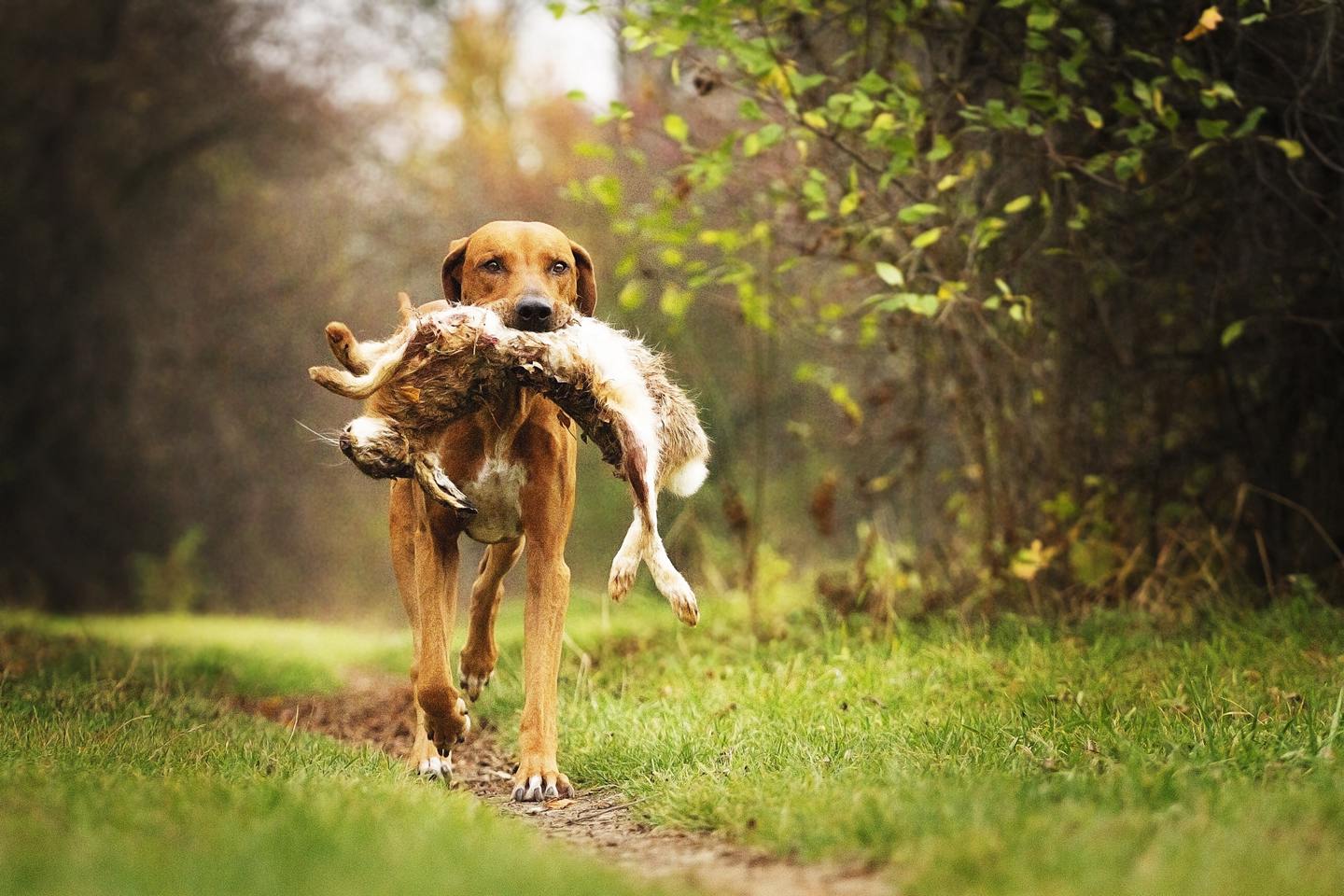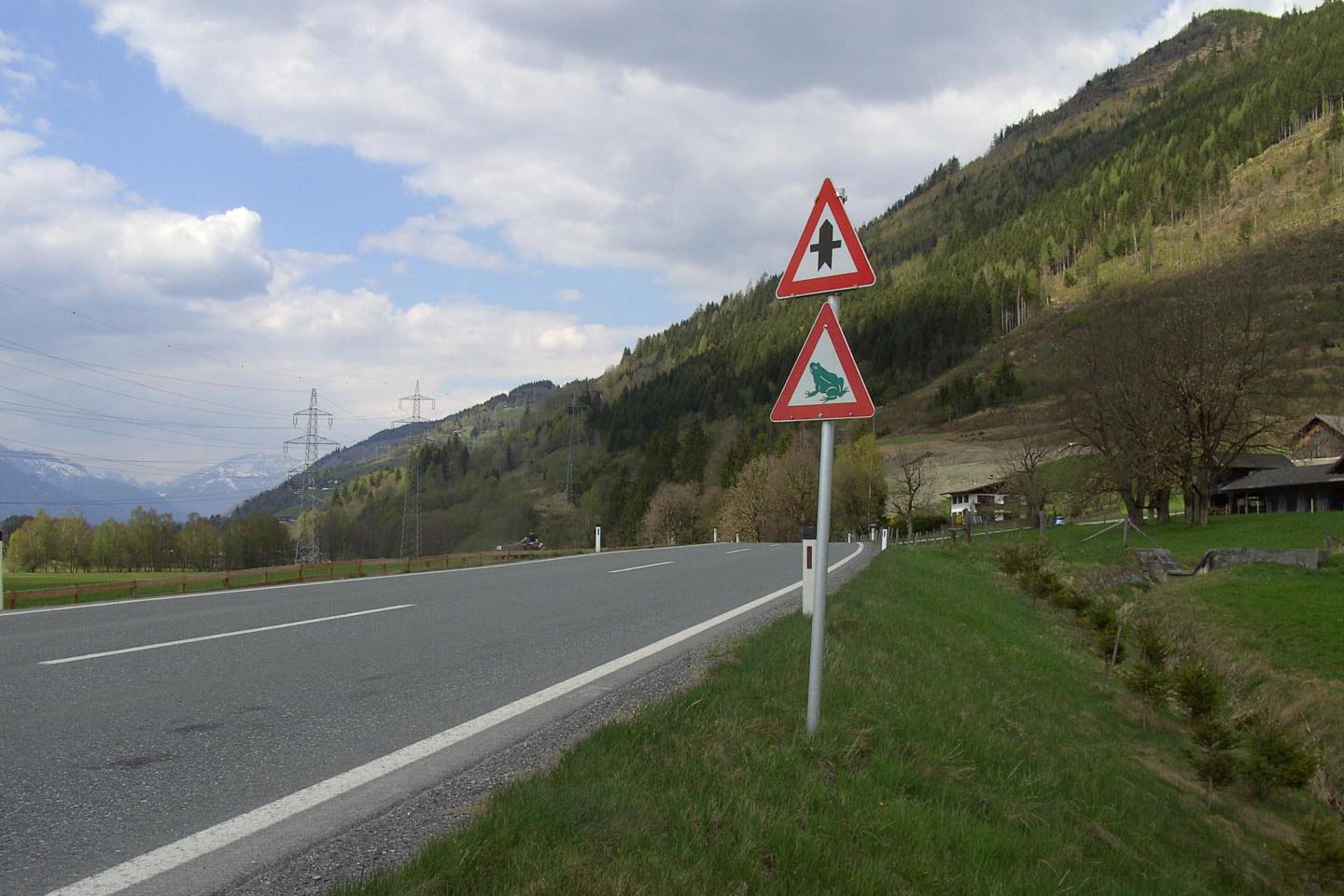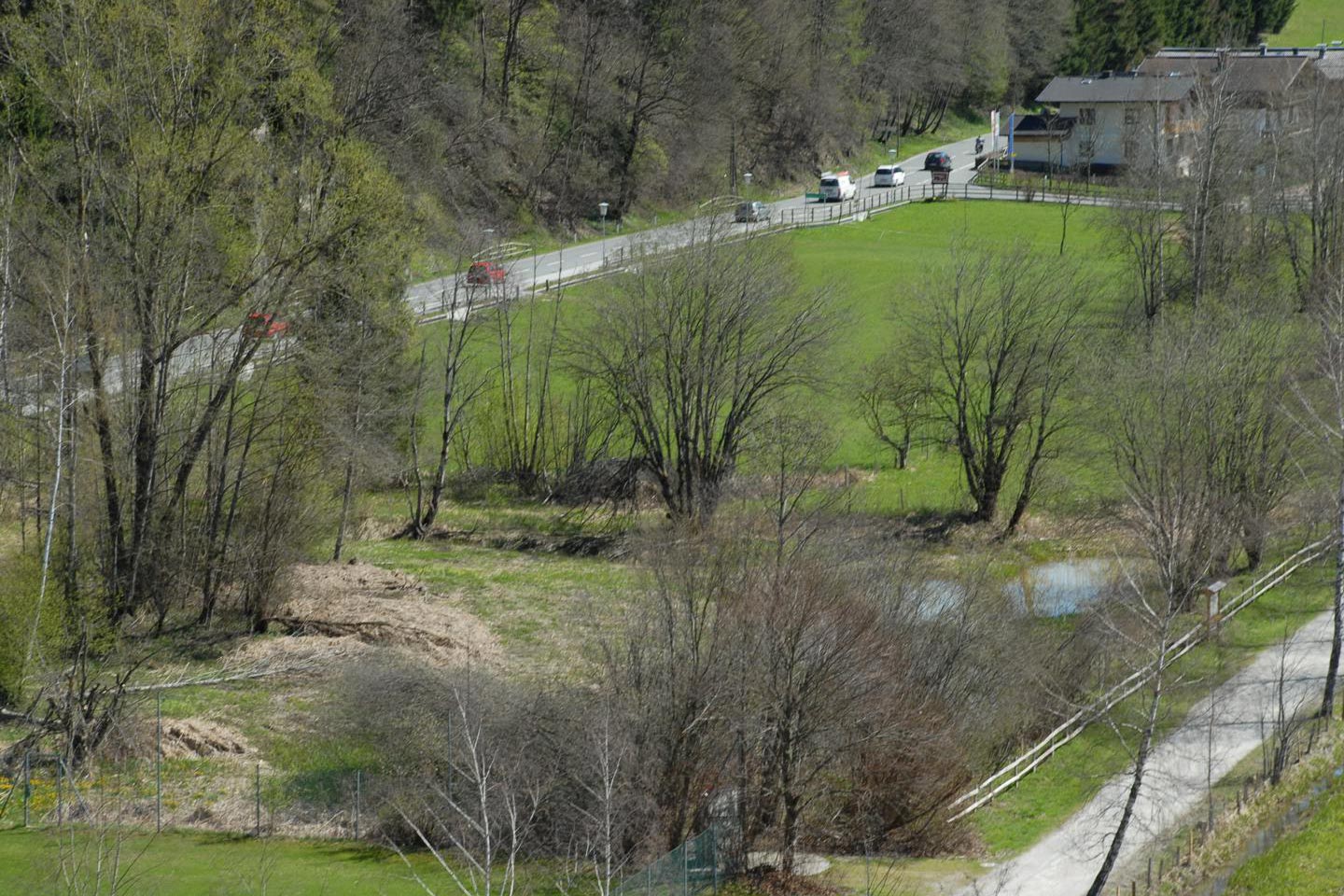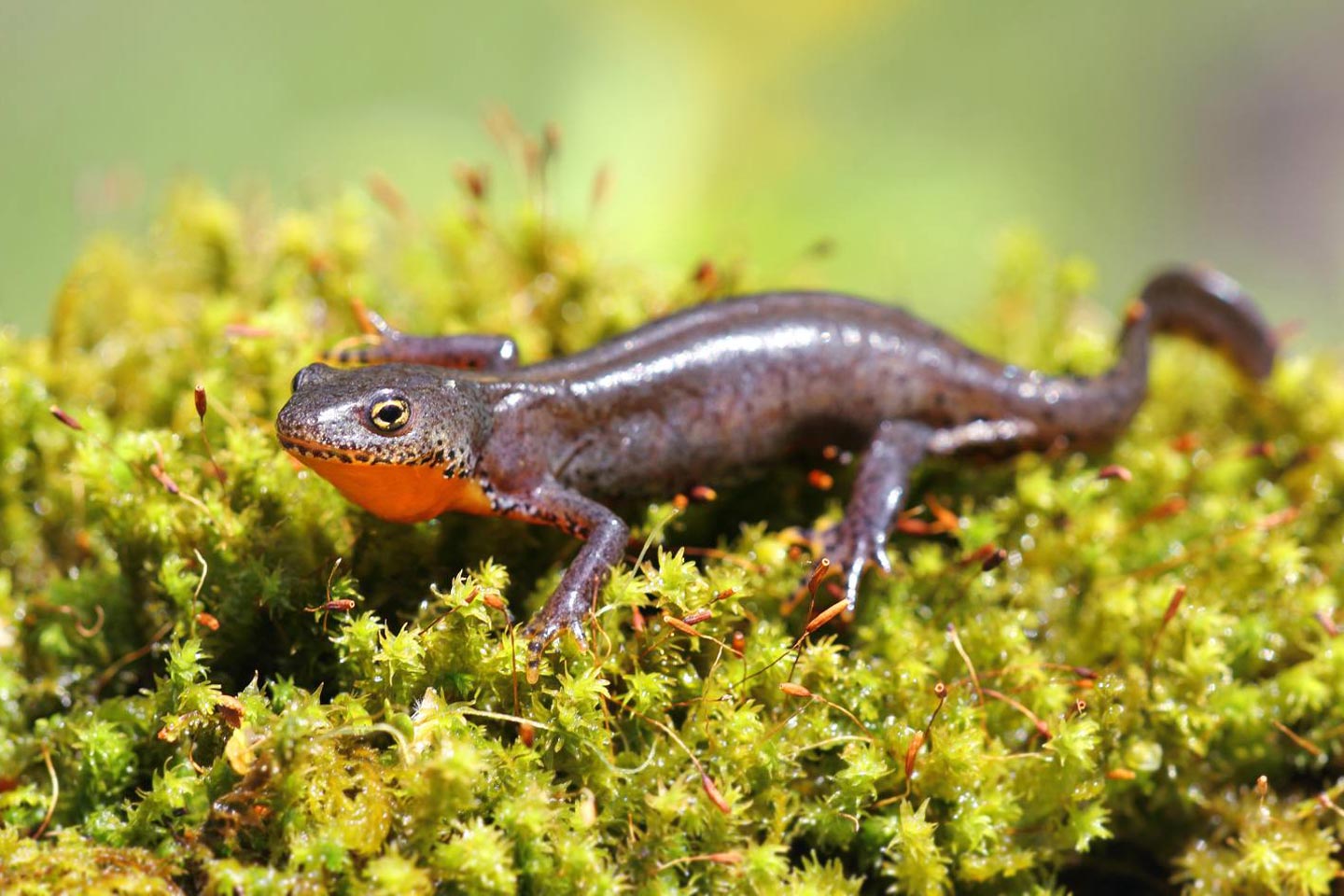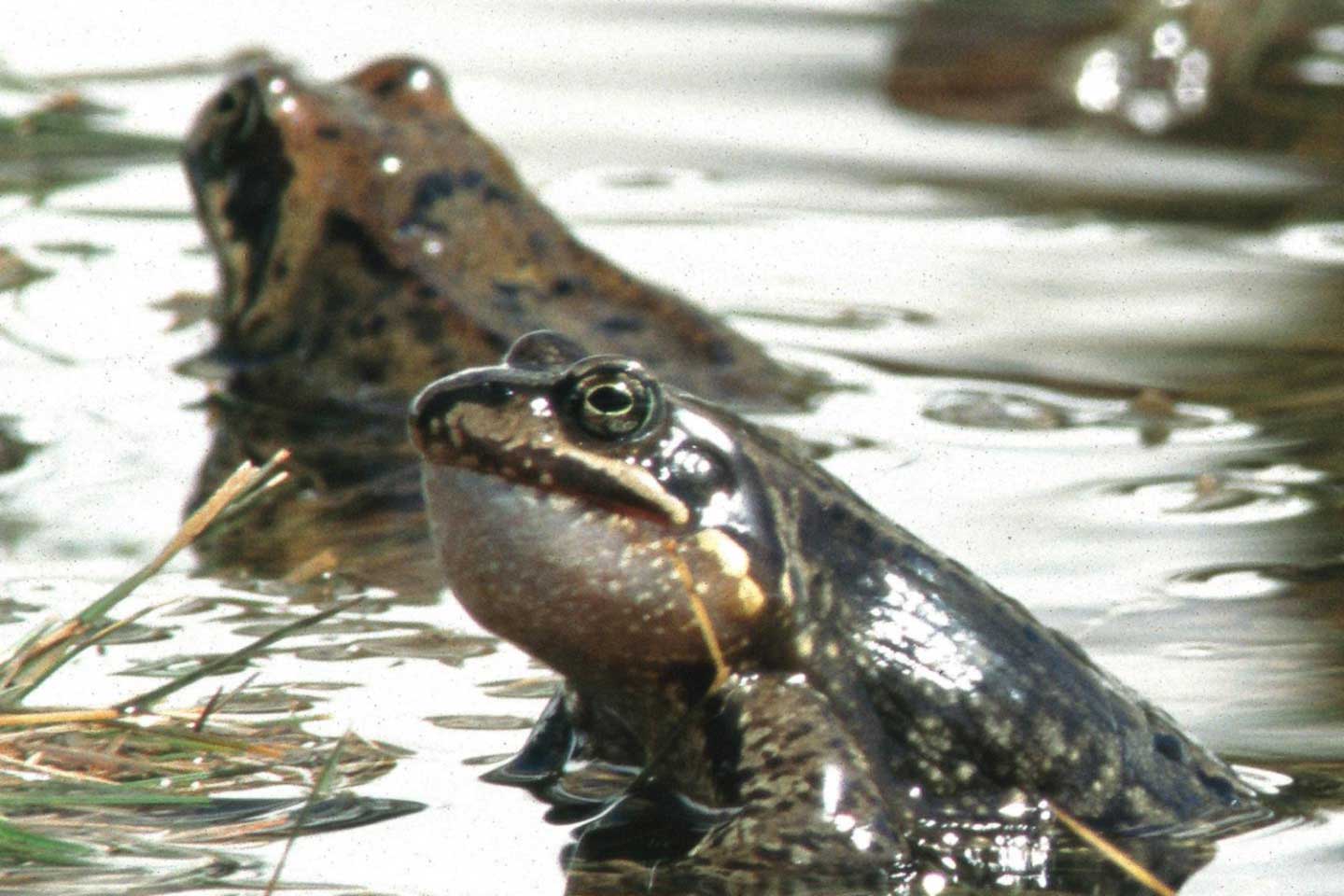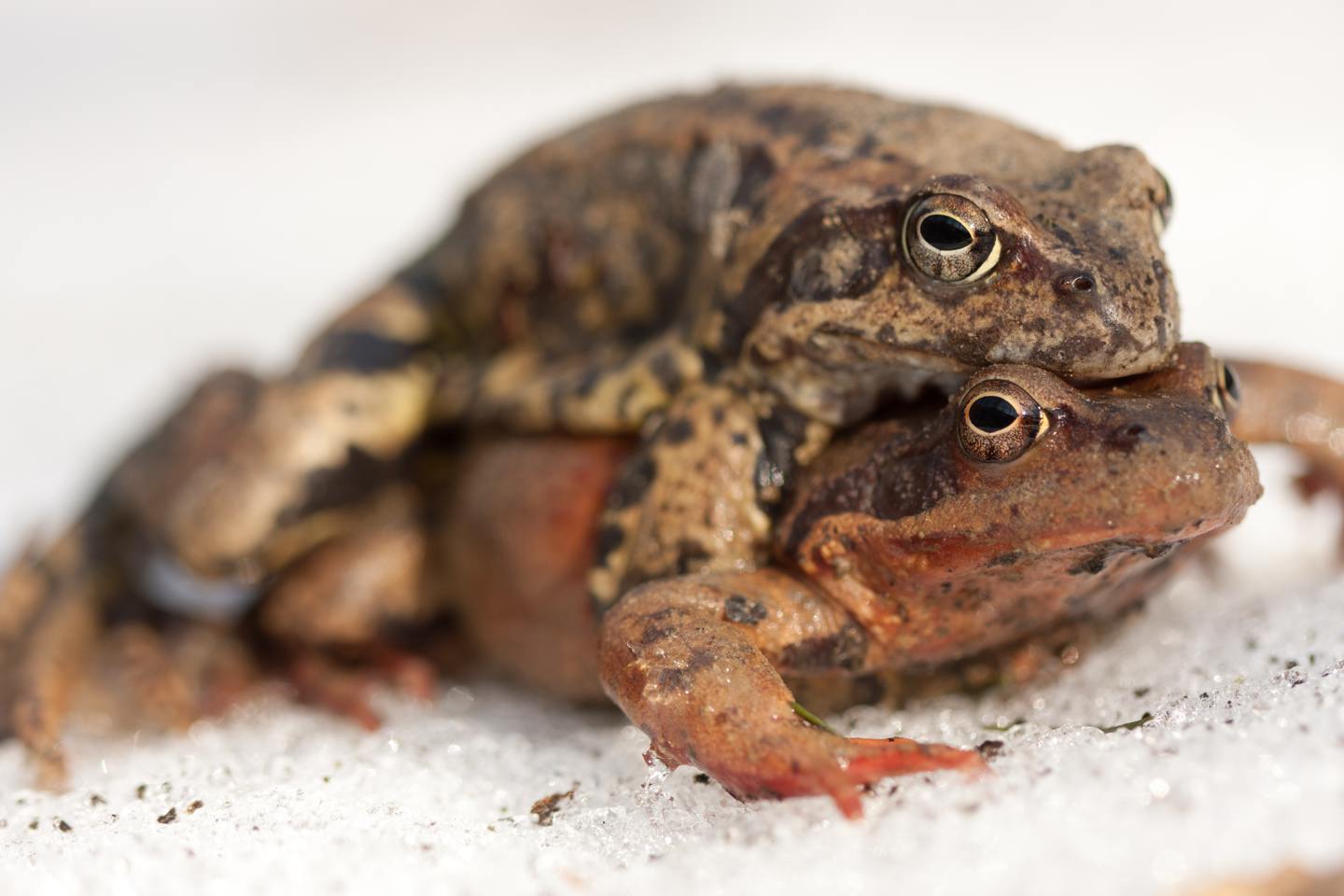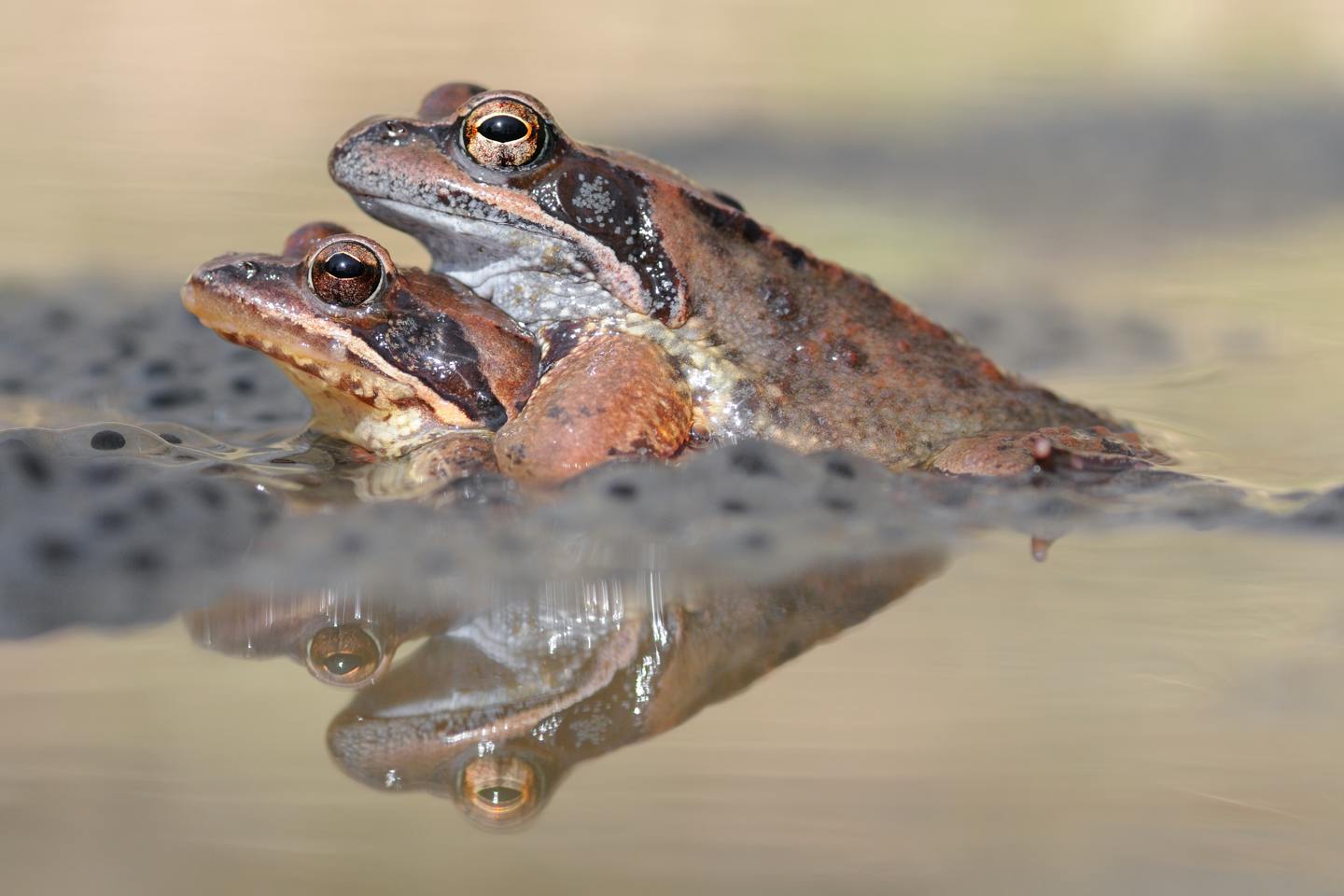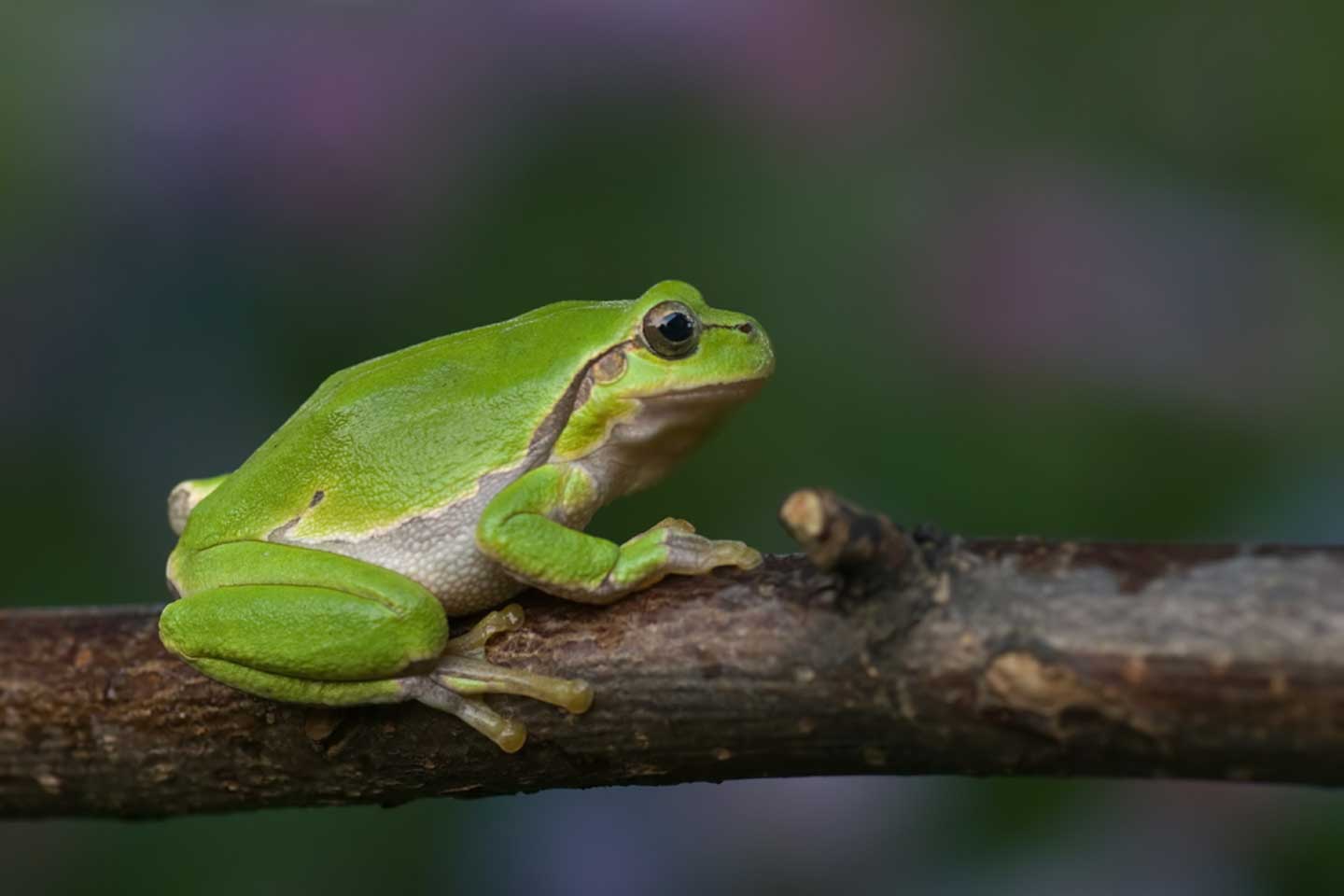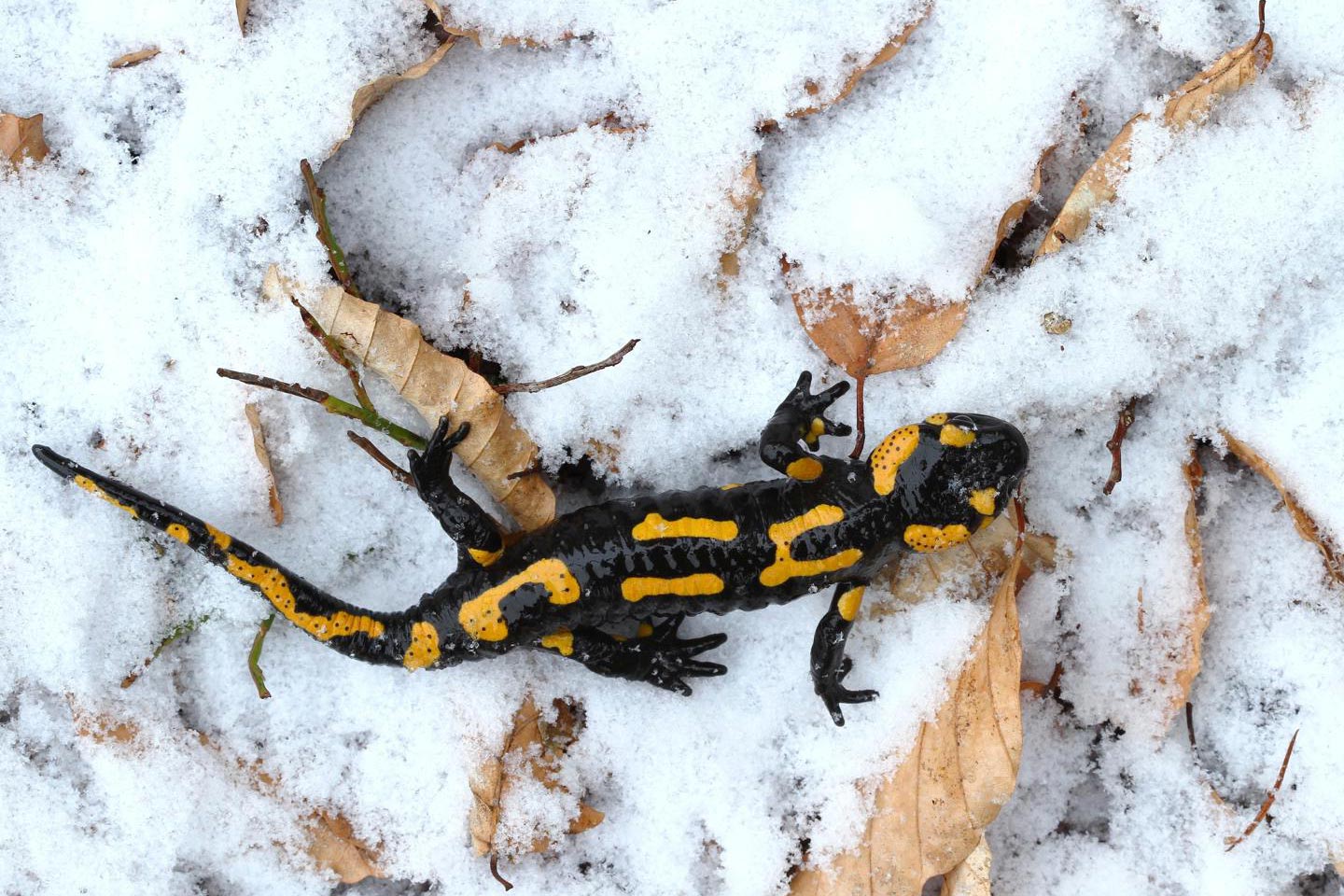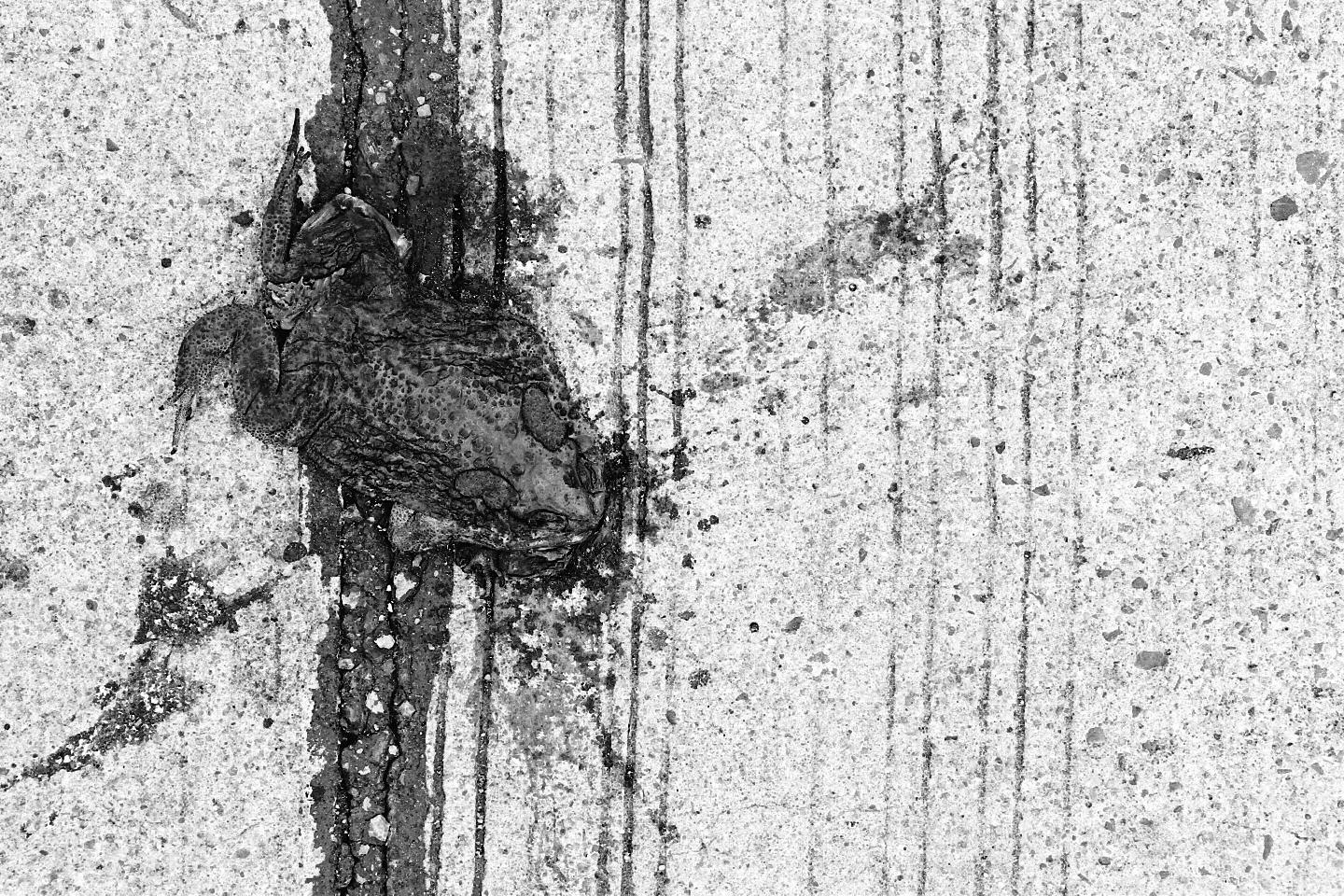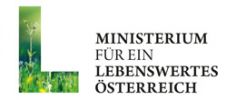Wildlife
in the WiesenKönigReich
The sanctuary is living space for many animal species. Many of them are endangered and thus protected. You as an attentive visitor can discover these faunal treasures.
Protection of amphibians
The silting zone in the south of Lake Zell is one of the most important refuges of the amphibian and reptile fauna in the central Pinzgau. A variety of water serves as the frogs spawning ground. Toads also use the lake for depositing their spawn cords. Along the silting zone of Lake Zell the adjacent forested slope of Hahneckkogel offers ideal hiding places for amphibians. It is used as a summer and winter habitat. Many amphibians migrate regularly between the slope in the east and the sanctuary to and fro.
Since 1988 the “Biotopschutzgruppe Pinzgau”, a local nature conservation group, supervised this amphibian population. Year after year up to 13,000 animals had been carried over the heavily used road of Thumersbach. In 2005 the State of Salzburg built a 400 m long, permanent amphibian protection system. Now the little animals can pass the road through tunnels. The habitat protection group still maintains this spawning ground in the immediate vicinity to these tunnels.
In the area of migration route toads, common frogs, Alpine newts, yellow-bellied toads and tree frogs and occasionally spotted salamander canvbe observed regularly. In addition, the grass snake, Aesculapian and blindworm as well as mountain lizard occur.
Fox and Hare
In the WiesenKönigReich you can observe the endangered field hare. Foxes roam the area for easy prey. Unfortunately again and again free running dogs harm the wildlife such as deer.
Fish and Crayfish
Lake Zell and its outflows, the sea canals are natural home of many fish such as Roach, bleak, chub, freshwater bream, lake char, common carp, tench, perch, pike, lake trout, catfish, zander and whitefish.
The planktivorous whitefish was once very common. However, it was completely fished out. Only from 1910 they started to restocking. Since the 1960s, the whitefish can be fished again. The pike was introduces in this intra-alpine lake around the year 1400 by the Bishop of Chiemgau. Other fish have been "imported" from the lake Chiemsee, the monastery having the rights to fish in the Lake Zell.
In the area of the southern shore protected spawning areas have been designated. Here the young fish can grow undisturbed sheltered by pondweed and milfoil.
Dr. Gassner & Mag. Riedlsperger studied the Crayfish fauna of Lake Zell and its in- and outflows in 1997. They only were able to detect the North American crayfish Oronectes limosus but not the native crayfish, which was reintroduced in 1995. The American crayfish is a carrier of crayfish plague. However, the researchers assumed that the Zeller See is still free from pathogens crayfish plague. The American crayfish is prey of eel and perch in Lake Zell.
Fishes in Lake Zeller See
| German Name | Scientific name | English name |
|---|---|---|
| Rotauge | Rutilus rutilus | Roach |
| Laube, Ukelei | Alburnus alburnus | Bleak |
| Aitel, Döbel | Squalius (Leuciscus) cephalus | Chub |
| Brachse | Abramis brama | Freshwater bream |
| Seesaibling | Salvelinus alpinus salvelinus | Lake Char |
| Karpfen | Cyprinus carpio | Common Carp |
| Schleie | Tinca tinca | Tench |
| Barsch | Perca fluviatilis | European Perch |
| Hecht | Hecht Esox lucius | Northern Pike |
| Seeforelle | Salmo trutta lacustris | Salmon, Lake Trout |
| Waller, Wels | Silurus glanis | European Catfish |
| Zander | Sander (Stizostedion) lucioperca | Zander |
| Reinanken (Renken) | Coregonus lavaretus | Lake whitefish |
| Aal | Anguilla anguilla | European Eel |
| Barbe | Barbus barbus | Barbel |

